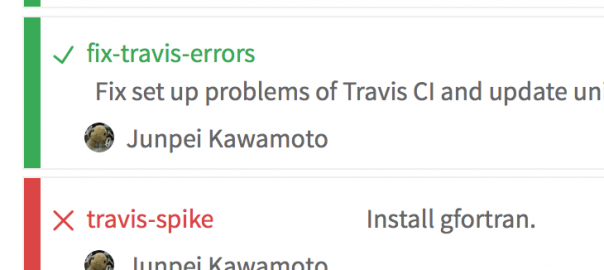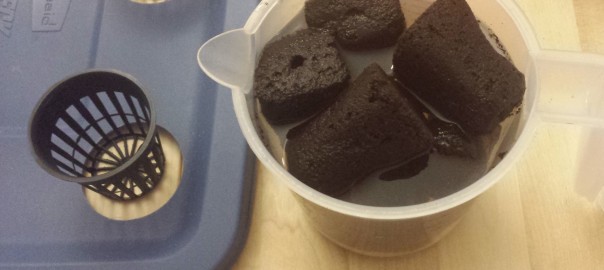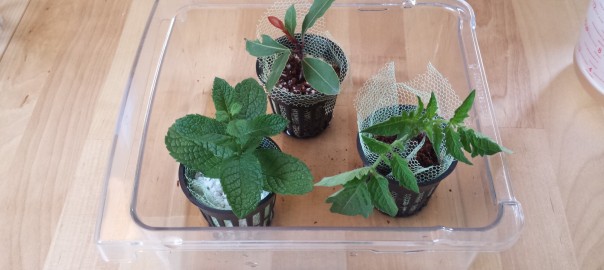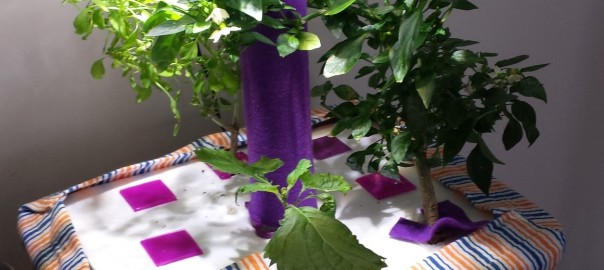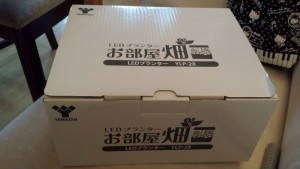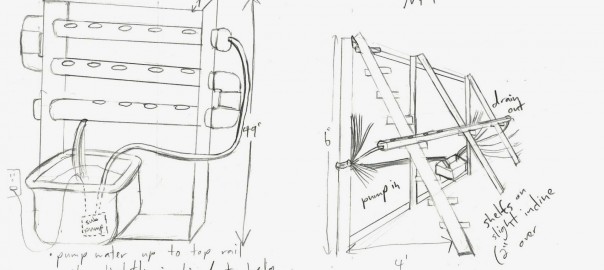Preface: I want to get back into the habit of writing blog posts, but I haven’t had much time lately to plan content. I feel like just getting your fingers typing is half the battle when it comes to writing, so this time I’ve written the English version of a post my husband just made on Qiita.
While my own strengths tend more towards algorithm development and ‘the mathy bits’, my husband is a cloud computing wizard and is thankfully willing to spend his free time helping me set up things like Travis CI. Travis CI is a tool I’ve been coveting for a long time. What it does is spin up a virtual machine and run all your unit tests each time a pull request is created or updated. You can tell at a glance whether the unit tests are passing or failing, which takes a lot of the work out of pull request evaluation.
Who is this guide for?
People who want to use Travis CI to test programs which require the Cvxopt, NumPy, and SciPy packages.
Continue reading Installing Cvxopt, NumPy, and SciPy on Travis CI (Translation post)
